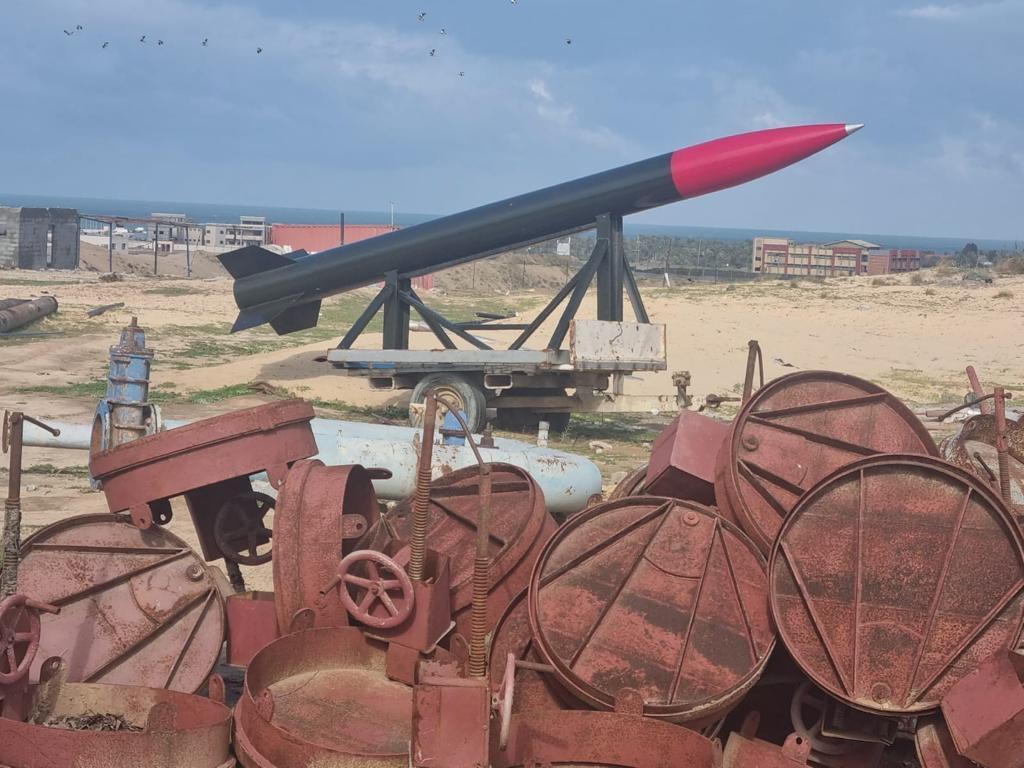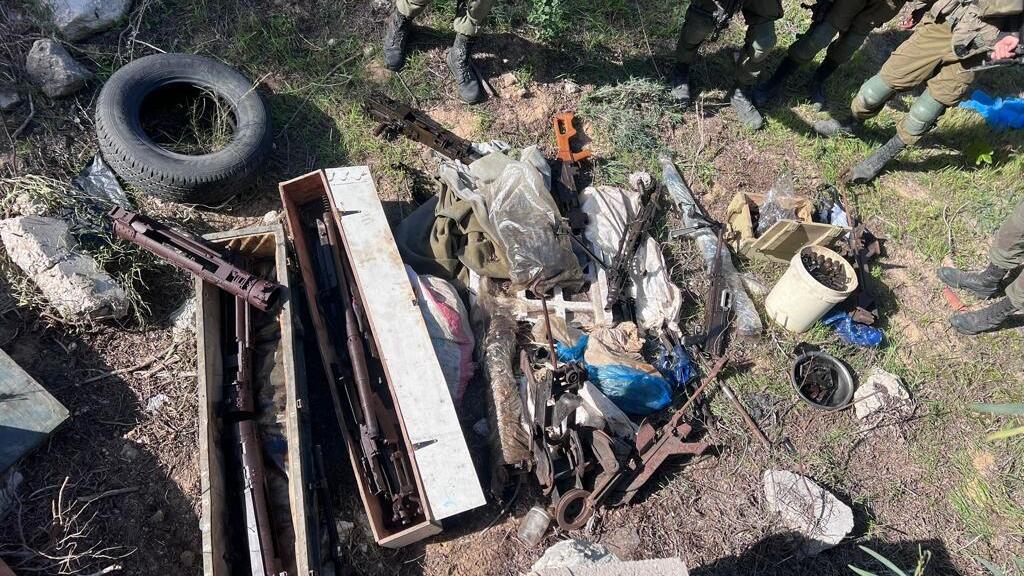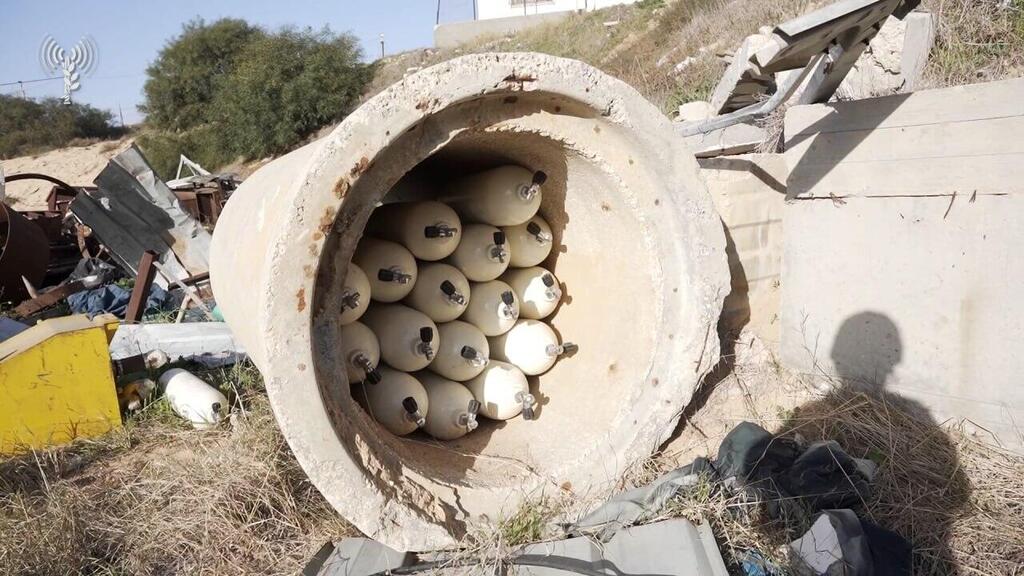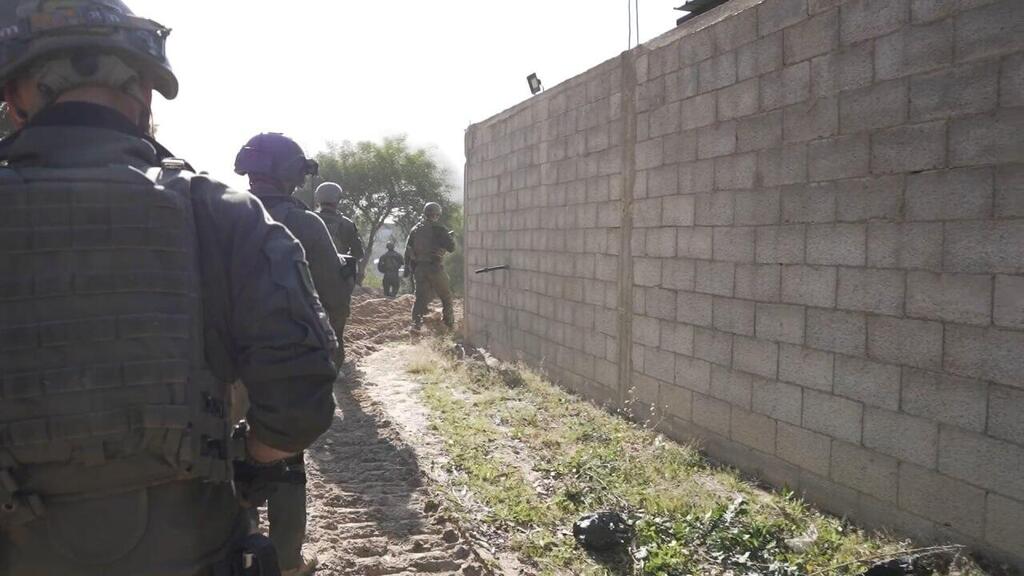Getting your Trinity Audio player ready...
Givati touring the captured Hamas base
(Video: IDF Spokesperson's Unit)
IDF fighters made a significant discovery at the Hamas local division headquarters, believed to be the base of Mohammed Deif and Yahya Sinwar. They uncovered a previously unknown and spacious camp, which served as a military base in the Gaza Strip.
Read more:
The "al-Qutsiya" base, which housed various compounds, served as the central outpost for the Khan Younis Brigade. It also housed the office of Muhammed Sinwar, the brother of Yahya Sinwar. Upon entering the base, the forces discovered that the terrorists had rigged it with explosives, some of which were concealed within the walls.
The Engineering Corps successfully neutralized them. As the forces approached the base, they came under fire from a group of terrorists positioned nearby. they were ultimately eliminated through a combination of sniper fire, tank shells and support from the Air Force.
Hamas utilized the "al-Qutsiya" base to train terrorists for the attack on October 7. Within the base, there were extensive training complexes, some of which featured models replicating the entrance gates of communities, military bases, and IDF armored vehicles.
The fighters also raided the central war room of the Khan Younis Brigade, as well as the offices of high-ranking brigade officers. The base housed an office for the commander of the Rafat Salameh brigade, along with separate accommodations for soldiers and staff. During their search, forces found a weapons production facility, equipped with advanced German machinery that had been smuggled via the Sinai Peninsula in recent years.
During the operation, the fighters uncovered warehouses filled with rockets and mortars that served as a pathway to the underground tunnels utilized by Hamas. Nearby, they found a workshop dedicated to manufacturing underground combat equipment and infrastructure. This workshop housed a diverse array of weapons, including anti-tank missiles, RPGs, machine guns, side charges, explosives, and various other combat equipment.
Moving displaced civilians
According to the military's assessment, extensive tunnel networks spanning approximately 100 miles have been mapped in Khan Younis, the largest city in the Gaza Strip. These tunnels vary in type and resemble a metro system beneath the surface.
The fighters accomplished a remarkable feat by successfully evacuating over 120,000 Gazans in the past two weeks. They directed them towards designated displaced persons' compounds located within the "Mawasi" humanitarian area. To facilitate this evacuation, a technological checkpoint was set up at the exit of a major refugee camp in the western part of the city. The fighters provided assistance to elderly and disabled Palestinians who faced mobility challenges, ensuring they were provided with food and water along the way.
An additional checkpoint will be established in Khan Younis with the purpose of scanning crowds and identifying potential terrorists. Up to this point, the fighters have successfully located in Khan Younis, around 100 people suspected of involvement in acts of terrorism including members of the Nukhba who took part in the October 7 massacre.
First published: 06:39, 02.05.24










